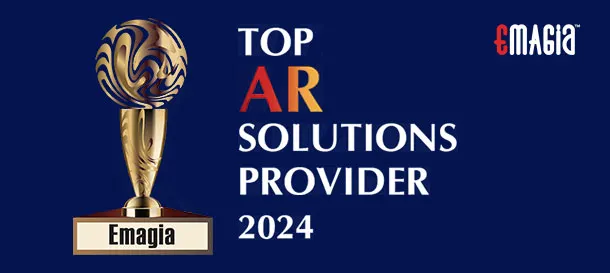Introduction
In the realm of business finance, accounts receivable billing stands as a cornerstone for ensuring consistent cash flow and maintaining healthy customer relationships. It encompasses the processes involved in invoicing clients, tracking payments, and managing outstanding debts. Efficient accounts receivable (AR) billing not only ensures timely revenue collection but also reflects a company’s operational effectiveness and financial stability.
Understanding Accounts Receivable Billing
What is Accounts Receivable?
Accounts receivable refers to the outstanding invoices a company has or the money clients owe for goods or services delivered. These are recorded as assets on the balance sheet, representing funds to be received in the short term.
The Billing Process
The AR billing process involves generating invoices post-delivery of goods or services, sending them to clients, and recording the expected payments. This process is crucial for tracking sales, managing cash flow, and ensuring timely collections.
Key Components of Effective AR Billing
1. Accurate Invoicing
Ensuring that invoices are accurate and detailed reduces disputes and delays in payments. Each invoice should include:
- Company and client details
- Invoice number and date
- Description of goods/services
- Payment terms and due date
- Total amount due
2. Timely Delivery
Sending invoices promptly after service delivery increases the likelihood of on-time payments. Delays in invoicing can lead to cash flow issues and strained client relationships.
3. Clear Payment Terms
Defining payment terms, such as net 30 or net 60, sets clear expectations. Including late payment penalties can also incentivize timely payments.
4. Efficient Record-Keeping
Maintaining organized records of all invoices, payments, and communications aids in tracking outstanding debts and resolving disputes.
Challenges in Accounts Receivable Billing
1. Late Payments
Clients may delay payments due to various reasons, impacting the company’s cash flow. Implementing reminder systems and follow-up procedures can mitigate this issue.
2. Disputes and Errors
Errors in invoices or disagreements over services rendered can lead to payment delays. Ensuring accuracy and maintaining open communication channels are vital.
3. Manual Processes
Relying on manual invoicing and tracking increases the risk of errors and inefficiencies. Adopting automated systems can streamline the process.
Best Practices for AR Billing
1. Automate Invoicing
Utilizing billing software can automate invoice generation and delivery, reducing manual errors and saving time.
2. Implement Reminder Systems
Setting up automated reminders for upcoming and overdue payments keeps clients informed and encourages timely payments.
3. Offer Multiple Payment Options
Providing various payment methods, such as credit cards, bank transfers, and online payment portals, enhances convenience for clients.
4. Regularly Review AR Aging Reports
Analyzing aging reports helps identify overdue accounts and prioritize collection efforts.
How Emagia Enhances Accounts Receivable Billing
Streamlining the AR Process
Emagia offers an AI-powered platform that automates the entire AR billing cycle, from invoice generation to payment reconciliation. This reduces manual workload and accelerates cash flow.
Advanced Analytics
With Emagia’s analytics tools, businesses can gain insights into payment patterns, identify high-risk accounts, and make data-driven decisions to improve collections.
Seamless Integration
Emagia integrates with existing ERP and CRM systems, ensuring a unified approach to customer data and financial processes.
Enhanced Customer Communication
The platform facilitates automated, personalized communication with clients regarding invoices, payment reminders, and account statuses, fostering better relationships and timely payments.
Frequently Asked Questions
What is the role of accounts receivable in a company’s financial health?
Accounts receivable represents the money owed to a company, impacting cash flow and liquidity. Efficient AR management ensures that the company has sufficient funds to meet its obligations and invest in growth.
How can automation improve the AR billing process?
Automation reduces manual errors, accelerates invoice processing, and ensures timely follow-ups, leading to faster collections and improved cash flow.
What are common challenges in AR billing?
Challenges include late payments, invoice disputes, manual processing errors, and inefficient tracking of outstanding debts.
How does Emagia’s platform integrate with existing systems?
Emagia seamlessly integrates with various ERP and CRM systems, allowing for synchronized data flow and unified financial operations.
Why is it important to offer multiple payment options?
Providing various payment methods caters to client preferences, making it easier for them to pay promptly and improving the likelihood of on-time payments.
Conclusion
Efficient accounts receivable billing is crucial for maintaining healthy cash flow and fostering strong client relationships. By adopting best practices and leveraging advanced tools like Emagia, businesses can streamline their AR processes, reduce payment delays, and enhance overall financial performance.




